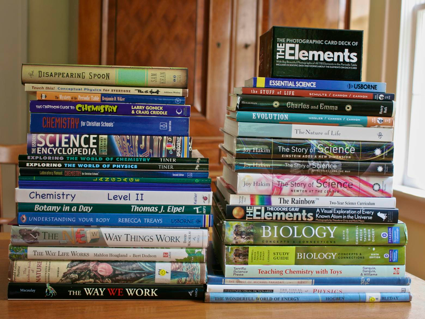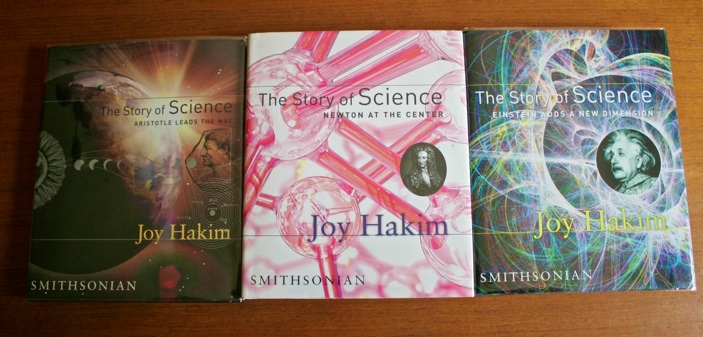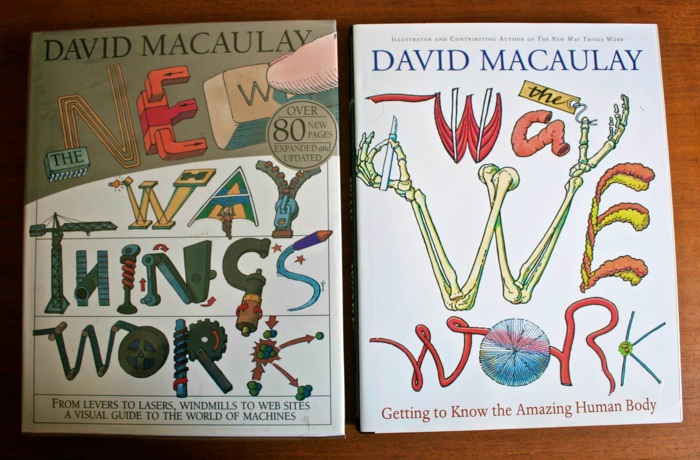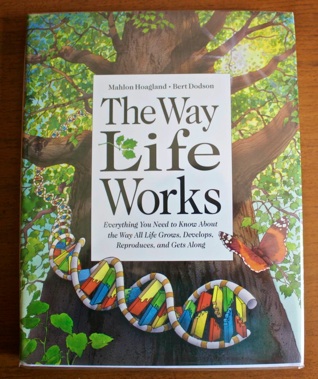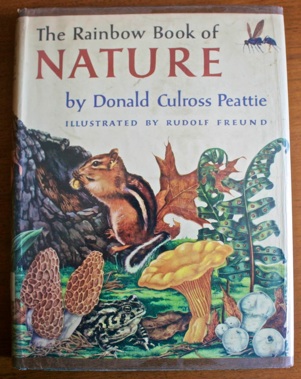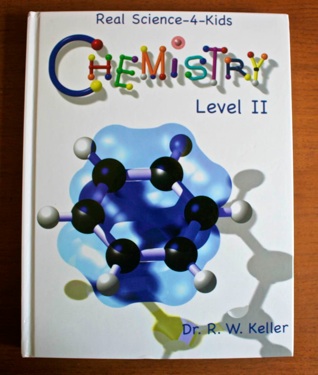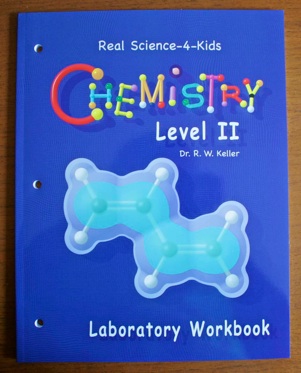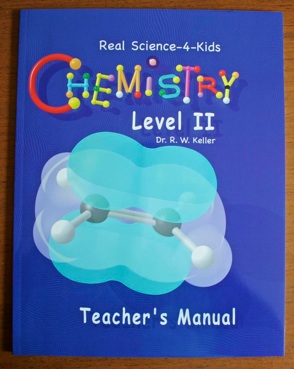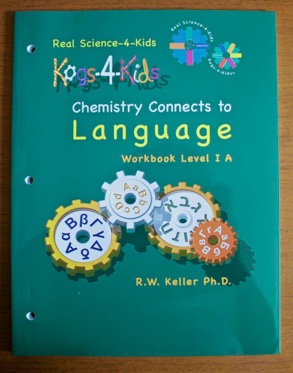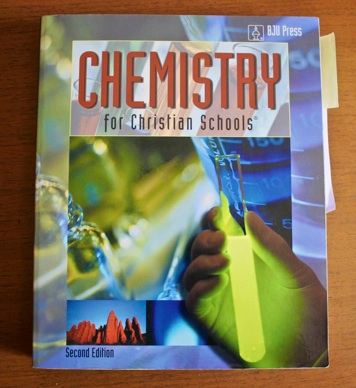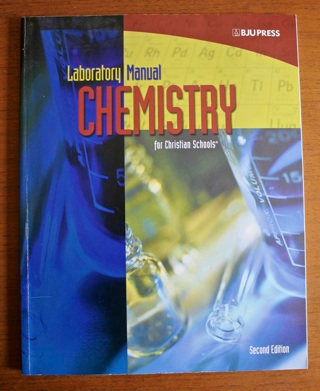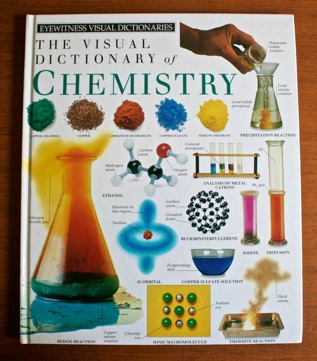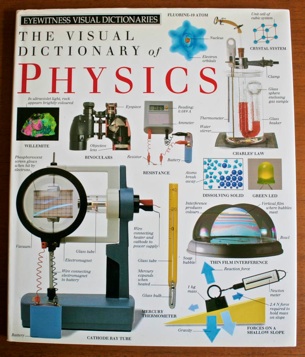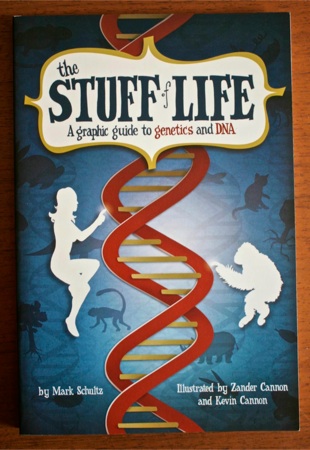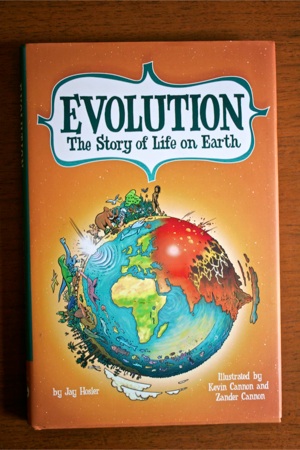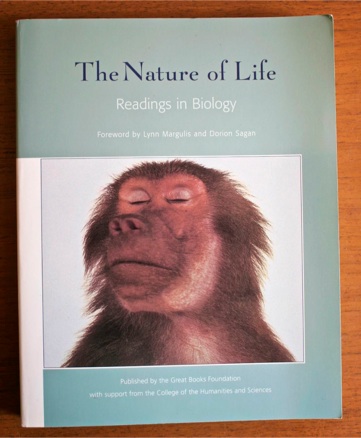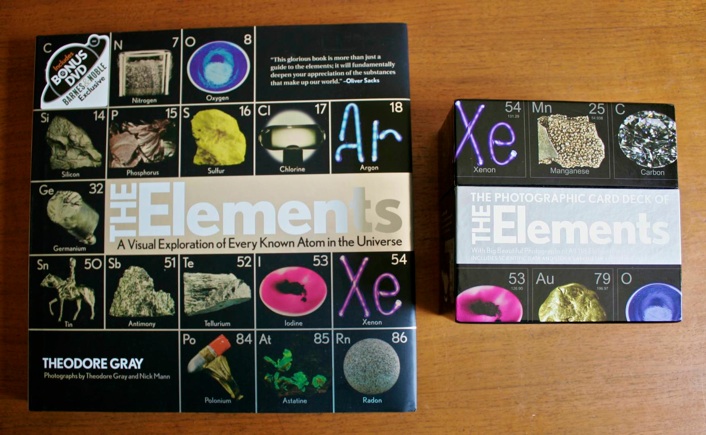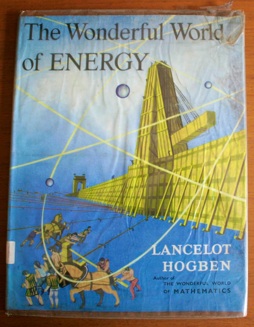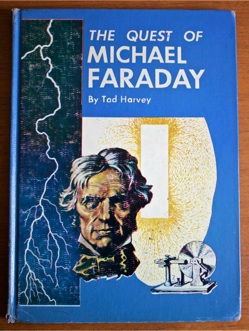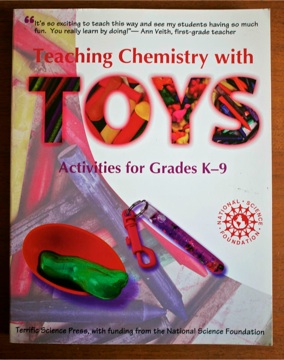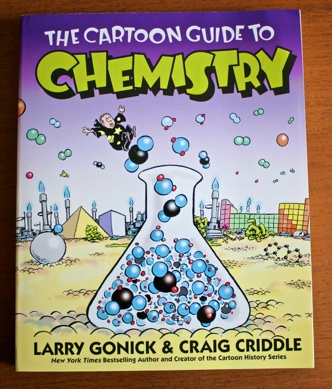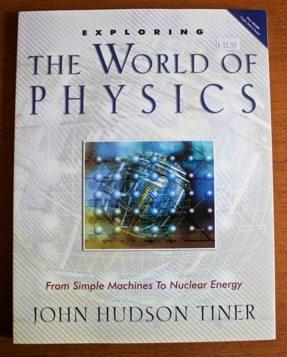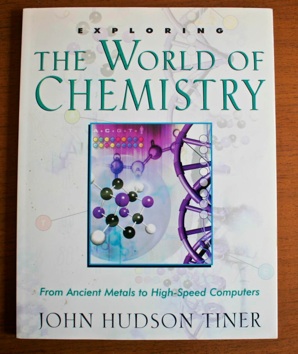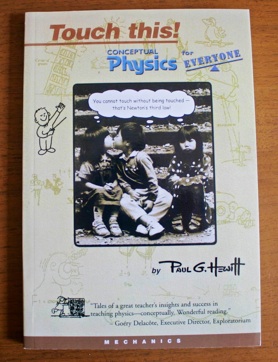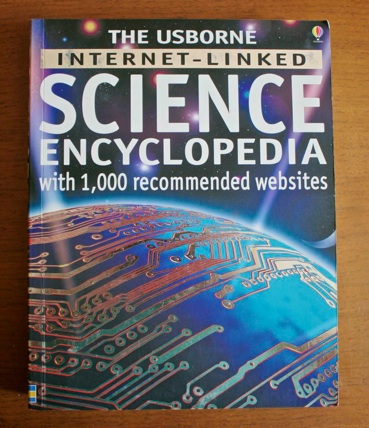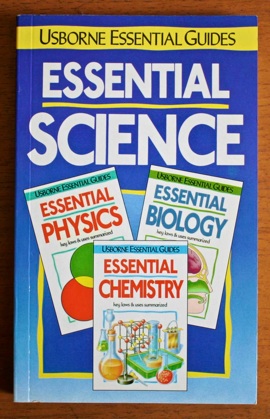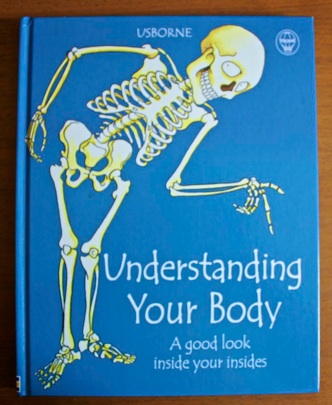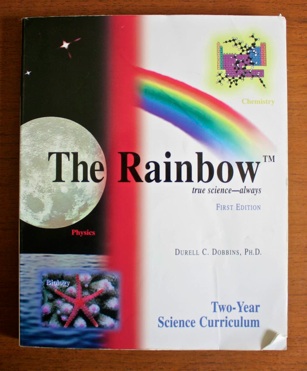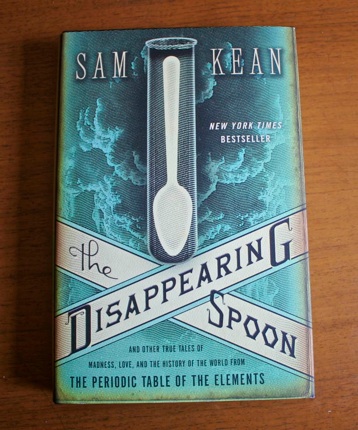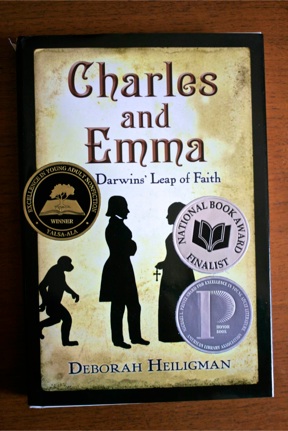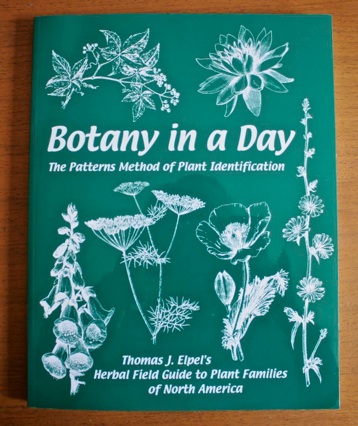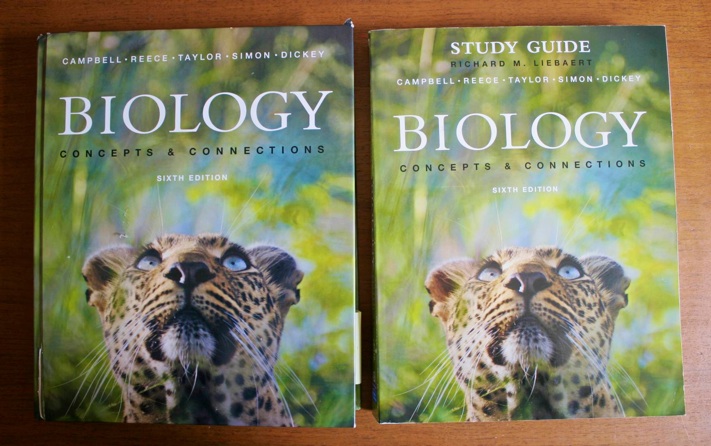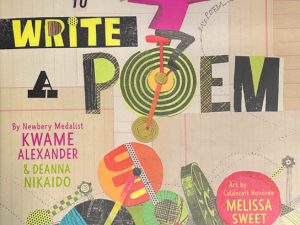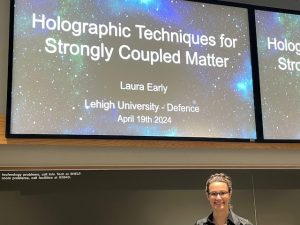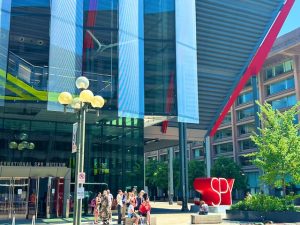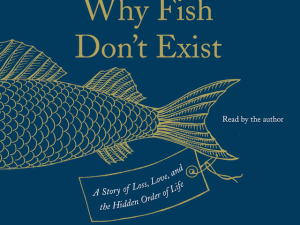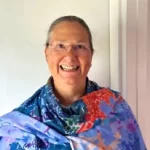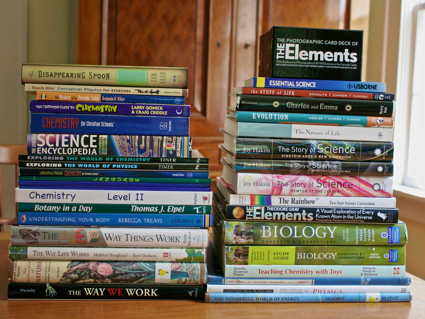
Not surprising for a homeschooler, I’m inside in the air-conditioning on a hot, sticky day in July planning curriculum for the coming school year. One of the distinct advantages of homeschooling is that you can customize your plan to the kid involved, and that is what is going on here. Some subjects are approached in more of a cookie cutter way, but in areas where remediation is needed, or where special interest lies, customization is best, although it can be a more arduous commitment for both parent and student. Such is the case with Laura’s science for next year.
Laura has always been interested in science and spent much of her late elementary and middle school years obsessively focused on earth science. Because we allowed (and nurtured!) that, she is now without some basic science background she needs going forward. Last year in 8th grade, she took a high school level Biology class online and got a solid A for a grade, confirming further her interest and aptitude in science.
She took this through an online provider which uses a textbook sequence of Biology, AP Biology, Chemistry, AP Chemistry, Physics, AP Physics, which is why she started it in 8th grade to get more of the sequence before graduation. In the future, she’s learned she wants to use a different online course provider than that one, and in switching, the next course she would take is AP Chemistry, which she is not ready to take. She feels she is not as interested in doing AP Biology as AP Chemistry, AP Physics and AP Earth Science, which she is now planning for 10th, 11th, and 12th grade respectively. So what to do in 9th grade?
Because of all this, we are planning a year covering the basics of chemistry and physics to give her the foundation she needs when approaching AP Chemistry and AP Physics in the near future, and because she has already earned a 9th grade Biology credit, we will fill in what we consider were the holes in that Biology course and prepare for her to take the Biology SAT II test next spring. Her Biology course did not cover evolution, so we will cover that, and most of the “body stuff” they save for AP level Biology, which she’s not planning on taking. While she’s not much interested in that, she needs it for the test, so we will fill in that gap as painlessly as possible. She really enjoys lab work, so we are planning to do a lot of it, and she’ll do a significant amount of reading on science topics. She also wants to be able to identify every plant…
The heap of books above, shown in detail below, encompass the scope of what we’ve mapped out for her Science for next year, to fill in her knowledge base, to excite her with a range of concepts, and to prepare her for higher level science. Some of these books are easy and some are hard, some are fiction, biography, or narrative, and some are textbooks, some were written for late elementary kids and some for adults, some are old and some are cutting edge. The first set of books below is an outstanding series by Joy Hakim which covers in detail the history of science from the beginning to the present day.
Something I love about homeschooling, other than the ability to customize the subject matter, is the ability to choose materials that will be the right fit for the student’s learning style. Laura thrives on visual representation and doing things with her hands, so these components are very present in our plan for her, in a way that wouldn’t be necessary for students that were strictly text based learners. It is a clear advantage for Laura not only to get the information when she needs it, but to have it delivered in a way that most suits her.
Homeschoolers also have the privilege of being able to work toward mastery, and do not need to move on until something is understood, unlike schooled kids. Homeschoolers have the luxury of getting exposed to the same material in multiple ways, until it “sticks” better. Something that was hard the first pass, becomes easier and more pleasurable when seen again in a different context. The student starts making their own connections with the material, and then not only remembers it better, but starts to actually care about it!
So I am in the process of setting up a cohesive plan across these materials, changing it up constantly between fun and hard, switching between Chemistry, Physics, or Biology, alternating between labs and reading. I have to estimate how long each thing will take, what is enough and what is too much, as well as generating equipment and material lists for every lab, to be available on schedule. This is a lot of work and we haven’t even begun the course! I’ll be living this plan with her day-to-day starting in September and I am going to learn so much! Some of these titles may get reviewed here on the blog as we complete them…
Both my daughter and I are looking forward to this special time together as we thoroughly learn this material. For now, however, I’d better get back to generating that daily schedule.
